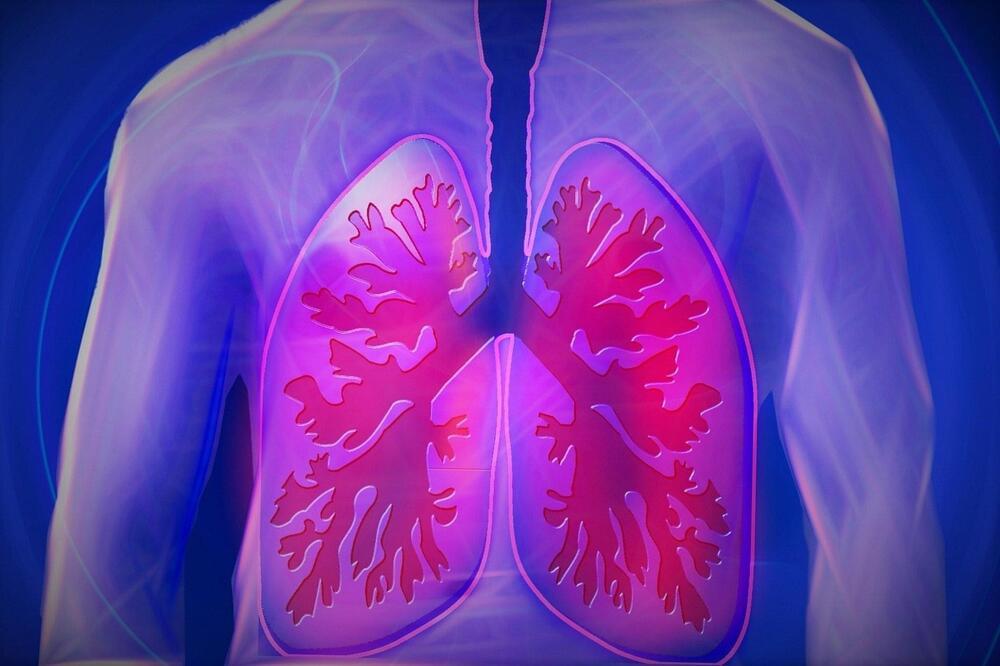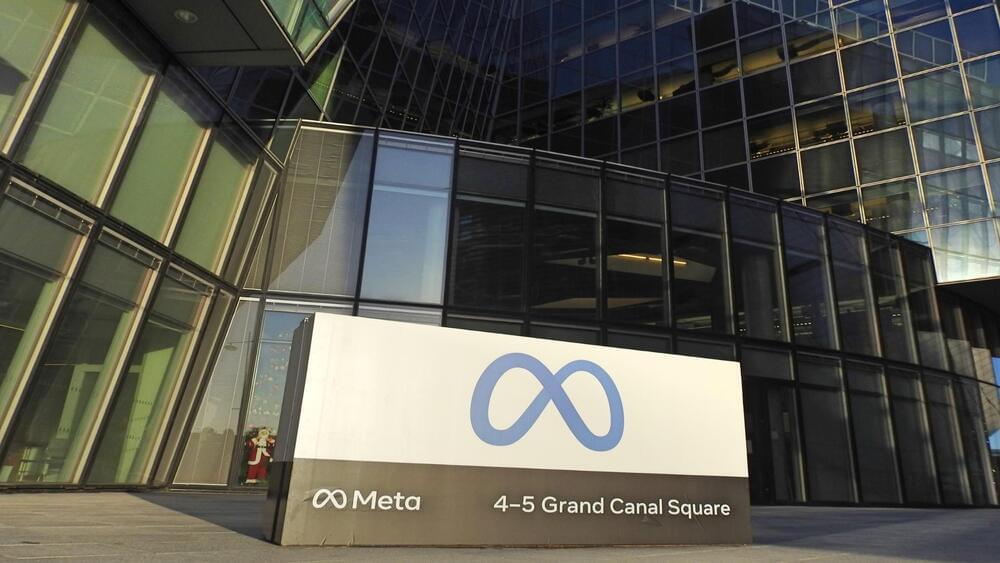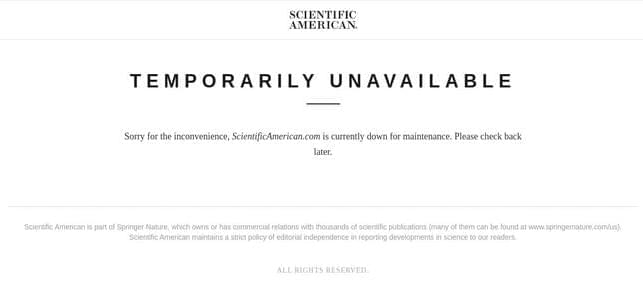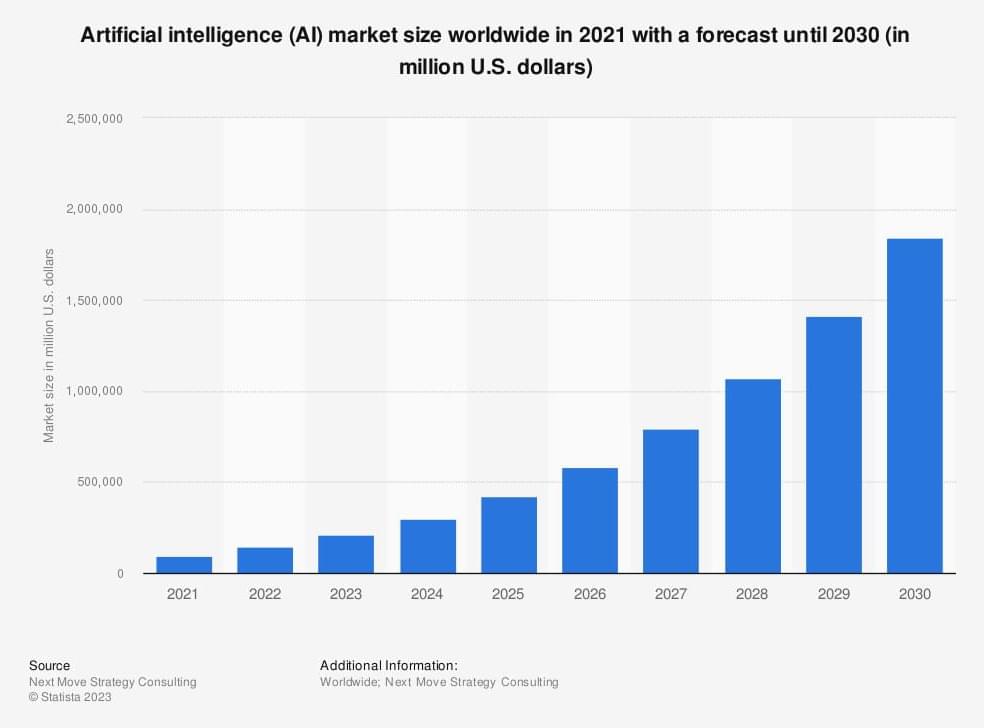New innovative technology is the first engineered bacterium that is able to detect DNA from cancerous tumours.
Get the latest international news and world events from around the world.

Researchers discover novel approach for rebuilding, regenerating lung cells
Researchers from the Center for Regenerative Medicine (CReM), a joint venture between Boston University and Boston Medical Center, have discovered a novel approach for engrafting engineered cells into injured lung tissue. These findings may lead to new ways for treating lung diseases, such as emphysema, pulmonary fibrosis and COVID-19.
The two studies describing the methodologies for engineering lung stem cells and transplanting them into injured experimental lungs without immunosuppression appear online in Cell Stem Cell.
For more than 20 years, the scientists leading this work have pursued a way to engraft cells into injured lung tissues with the goal of regenerating lung airways or alveoli. They suspected that for engraftment to be long-lived and functional it would be important to reconstitute the stem or progenitor “compartments” of the lung, also sometimes known as stem cell niches.
How AI Could Empower Any Business | Andrew Ng | TED
Expensive to build and often needing highly skilled engineers to maintain, artificial intelligence systems generally only pay off for large tech companies with vast amounts of data. But what if your local pizza shop could use AI to predict which flavor would sell best each day of the week? Andrew Ng shares a vision for democratizing access to AI, empowering any business to make decisions that will increase their profit and productivity. Learn how we could build a richer society – all with just a few self-provided data points.
If you love watching TED Talks like this one, become a TED Member to support our mission of spreading ideas: http://ted.com/membership.
Follow TED!
Twitter: http://twitter.com/TEDTalks.
Instagram: https://www.instagram.com/ted.
Facebook: http://facebook.com/TED
LinkedIn: https://www.linkedin.com/company/ted-conferences.
TikTok: https://www.tiktok.com/@tedtoks.
The TED Talks channel features talks, performances and original series from the world’s leading thinkers and doers. Subscribe to our channel for videos on Technology, Entertainment and Design — plus science, business, global issues, the arts and more. Visit http://TED.com to get our entire library of TED Talks, transcripts, translations, personalized talk recommendations and more.
Watch more: https://go.ted.com/andrewng.

Meta’s new AI model can generate and explain code for you
Derick Hudson/iStock.
But as the name suggests, one can clearly make out that Code Llama is based on Meta’s Llama 2 large language model (LLM) that can understand and generate natural language across various domains. Code Llama has been specialized for coding tasks and supports many popular programming languages, Meta says in its press release.
Household Robots for Washing Dishes in the Kitchen
The video from ErgoSurg GmbH by SH shows how a handy little robotic arm. This robot for caregivers in hospitals, retirement homes and for the elderly at home, sucks on surfaces, can run for hours on a battery and weighs less than 3kg. Caregivers, adults and children can record and play back movements within seconds or minutes. There is a USB interface for programmers. If you are interested, please contact us in Germany, Munich, +49 89 322 94 62.
Qualcomm’s ‘Holy Grail’: Generative AI Is Coming to Phones Soon
The company wants its next-gen Snapdragon chips to use AI for more than just improving camera shots.

Tech gets religion on AI: Inside the Vatican summit with Islamic and Jewish leaders, Microsoft and IBM
Artificial intelligence has such a potential for good not only would it make humans closer becoming God like but also it could manifest God through Artificial intelligence that why the ethics of the world depends on its success towards AI for good. It could create peace across the world and a brighter tomorrow.
It’s unusual for tech executives and religious leaders to get together to discuss their shared interests and goals for the future of humanity and the planet. It’s even more extraordinary for the world’s three largest monotheistic religions to be represented.
When the Pope joins the meeting, it’s basically unprecedented.
That’s what happened at Vatican City this week as the Catholic Church hosted leaders of the Jewish and Islamic faiths, new signatories to the Rome Call for AI Ethics, in a meeting that included executives from Microsoft and IBM.

Chandrayaan-3 rover rolls onto moon’s surface as ecstatic India celebrates
NEW DELHI, Aug 24 (Reuters) — The moon rover of India’s Chandrayaan-3 exited the spacecraft on Thursday to begin exploring the surface of the lunar south pole and conducting experiments, and was braced for new challenges, the space agency chief said.
The spacecraft landed on the unexplored south pole of the moon on Wednesday, making India the first country to achieve this feat just days after Russia’s Luna-25 failed in a similar mission.
The soft, textbook touchdown by the lander after a failed attempt in 2019 sparked widespread jubilation and celebration in the world’s most populous country. The media hailed the historic landing as India’s biggest scientific feat.

